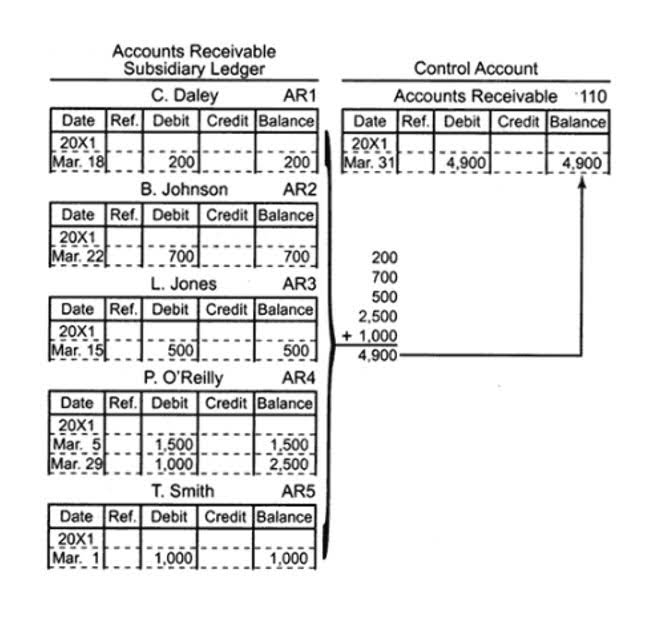However, the inclusion of all assets, regardless of their current usability, is crucial for a balance sheet’s accuracy. This necessity becomes particularly evident when considering construction work-in-progress assets. Unlike ready-to-use assets, these are in various stages of completion, spanning from months to years, rendering them temporarily unusable during the construction phase. Construction-work-in-progress accounts can be challenging to manage without proper training and experience. Most companies hire a chief financial officer to maintain these records and avoid costly accounting errors.
Master Building Accounting
- It is the approved bookkeeping method in the construction industry, viewing the complexities involved.
- Utilizing purpose-built software solutions can greatly enhance CIP accounting and management.
- The IAS 11 construction contract is a comprehensive document dictating the complete accounting for construction in progress.
- CIP accounts track direct and indirect costs incurred during this stage, such as labor expenses, equipment rentals, and project management fees.
- Fixed assets are tangible assets that a company owns and uses in its operations, such as land, buildings, and equipment.
Financial transparency is a key aspect of construction in progress accounting. By maintaining clear and accurate records, companies can provide stakeholders with a comprehensive view of their financial position. This fosters trust https://www.facebook.com/BooksTimeInc/ and confidence among investors, lenders, and other stakeholders, leading to stronger partnerships and increased opportunities.
- All the costs of assets under construction are recorded in the ‘Construction In Progress Ledger Account.’ They are shifted to the asset side of the balance sheet from the ledger.
- Prudent change order accounting prevents premature or inconsistent revenue recognition.
- For instance, if a cement manufacturing company is expanding the manufacturing unit.
- Upon completion, the aggregated costs either capitalize into production assets like buildings or transfer to client asset accounts in case of construction management contracts.
- It is crucial to understand the distinction between fixed assets and construction in progress for accurate accounting and financial reporting.
- However, the term ‘ construction under process’ is used when the company is making construction contracts.
Tracking and Managing CIP Expenses
CIP accounting also ensures transparency with clients and helps a company make effective decisions that affect the bottom line. Accurate financial reporting is of utmost importance in the construction industry. It plays a critical role in ensuring financial transparency and enabling construction companies to make informed business decisions. By providing precise and reliable financial data, accurate financial reports facilitate effective construction financial management and contribute to the overall success of construction projects. Effective construction cost tracking is a crucial aspect of construction in progress (CIP) accounting, which is essential for accurate debit and credit management. By accurately monitoring and managing costs, construction companies can achieve better cost control, improve project management, and make informed financial decisions.
Construction in Progress Accounting: From Inception to Completion
- This classification can affect the company’s free cash flow, a critical metric for assessing financial flexibility and the ability to fund future projects or return capital to shareholders.
- Milestones are predefined stages of the project, and revenue is recognized as these stages are completed.
- Construction in progress is shown as a long-term asset on the balance sheet under the property, plant, and equipment section.
- They enable construction firms to have confidence in their reported CIP figures.
- The cash outflows related to CIP are typically classified under investing activities, reflecting the capital expenditure on construction projects.
- The opening WIP balance is added to the costs incurred during the period to determine the total WIP costs.
Getting such risk management fundamentals right goes a long way in preventing major cost or schedule overruns. Such spending visibility allows informed trade-offs between buying and renting options balancing ownership tax benefits against idle resource risks throughout infrastructure build cycles. Accounting Impact – Progress tracking, trade contractor relationships, and fee reconciliation are important. Single contract for both architectural design and construction by the same entity. Revenue recognition hits peak while last expenses booked—retentions released post handover. Periodic forecasting, creating contingency reserves, and monitoring variance analysis metrics can help firms minimize the risks of overruns.
Understanding Construction-in-Progress (CIP) Accounting
This transparency not only enhances stakeholder trust but also enables better decision-making in terms of project budgeting, resource allocation, and risk management. Join us on this journey as we navigate the intricacies of construction in progress accounting and learn key strategies for success in construction financial management. Construction-in-Progress (CIP) accounting is indispensable for https://www.bookstime.com/articles/remote-bookkeeping businesses striving to maintain accurate and comprehensive financial records.
Costs incurred to date are compared against initial budgets to calculate this percentage metric. Overbilling and underbilling are common challenges in construction accounting that can negatively affect project finances. Overbilling refers to charging more than the actual work completed, while underbilling occurs when the amount billed is less than the work performed. However, preparing accurate reports is not simple for construction companies whose work-in-progress assets are unique. Amid the construction progress, these assets are not usable as they require months or years for completion, complicating bookkeeping.
- Work in progress is accounted for as a current asset on the balance sheet.
- Construction-in-Progress (CIP) accounting plays a vital role in ensuring that costs are accurately tracked and financial statements reflect the true state of ongoing projects.
- When costs like materials, labor, equipment rental etc. are incurred for a construction project, the construction in progress account is debited and accounts like cash, accounts payable etc. are credited.
- These tools offer features like Gantt charts, resource leveling, and critical path analysis, which help in optimizing resource distribution across various projects.
- The cost-to-cost method compares the costs incurred to date with the total estimated costs, while the units-of-delivery method is based on the number of units delivered or installed.
Check Tax Refund
When they do occur, the priority should be on transparent reporting cip accounting to avoid negative audit or investor scrutiny. – Construction companies must also track anomalies like job costing, retention, progress billings, change orders, and customer deposits. – Construction in progress accounting is more complicated than regular business accounting. Managing CIP accounts with others or even separately requires experience and proper knowledge.
Tax Center
Completed contracts are better for short-term projects below 12 months while lengthier undertakings justify progressive monitoring from the POC method. Construction projects involve significant investments of time and capital across several complex stages spanning planning, execution, closure, and maintenance. Grasping the financial implications across this lifecycle sets the stage for optimal CIP accounting.
The Process of Transferring CIP to Fixed Asset Accounts
Because of this, it can be one of the largest fixed asset accounts in the books. Work in progress inventory affects both the balance sheet and income statement. Regular financial reviews and audits are also instrumental in tracking CIP costs. Conducting monthly or quarterly reviews allows for the identification of discrepancies and ensures that all costs are being recorded accurately. These reviews should involve cross-functional teams, including project managers, accountants, and procurement officers, to provide a comprehensive overview of the project’s financial health.






Leave A Comment